Adopting multi-channel communication, where businesses connect with clients through various platforms, is vital for the future of customer service.
A recent study shows that businesses using different channels for customer interaction have a 91% higher customer retention rate.
The days of relying solely on phone calls are gone. Customers now want various ways to contact organizations, like live chat, social media, email, phone calls, and messaging apps. Offering these options makes it easier for businesses to reach customers wherever they are.
Omnichannel communication lets businesses create personalized experiences based on each client's interests. It also helps maintain a consistent brand image across different touchpoints, strengthening customer relationships and loyalty.
Moreover, it leads to faster responses because clients can pick the best channel that suits their needs.
We will examine the revolutionary potential of multichannel communication in this blog and its advantages for organizations and customers.
What is Multi-Channel Communication?
Multi-channel communication uses various channels to connect with clients, offering them choices based on their preferences. These options can encompass self-service alternatives and channels like chat, social media, email, and phone.
Businesses adopt omnichannel communication to engage with customers through multiple channels, ensuring a seamless experience regardless of the chosen channel.
This approach allows companies to meet diverse customer needs and offer flexibility in how clients connect with them.
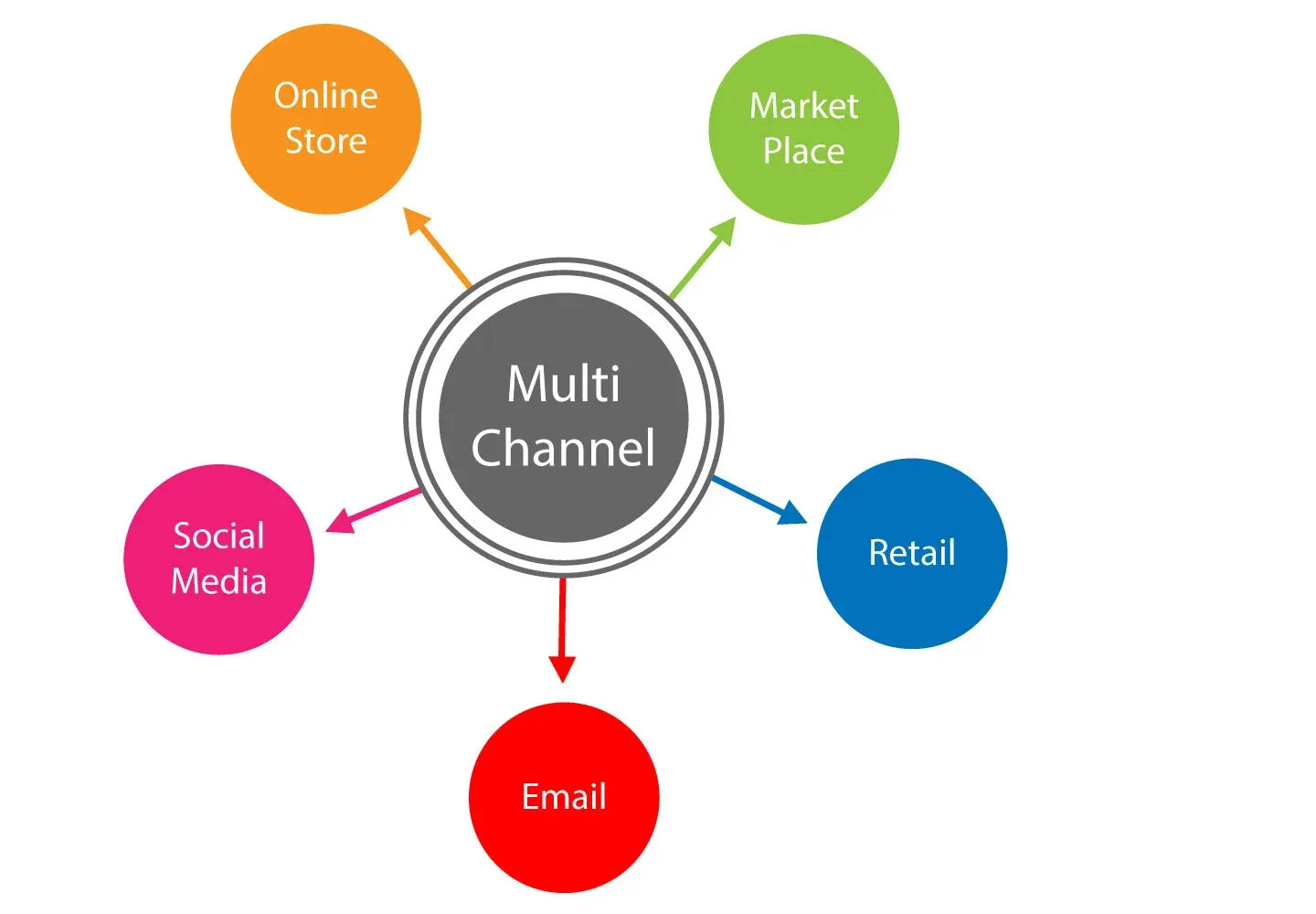
Different Channels of Communication
There are several channels of communication that businesses can use for multi-channel communication. These include:
- Phone Support: This is the traditional customer service method, where customers can speak to a representative over the phone.
- Email Support: Customers can email the business and receive a response from a representative.
- Live Chat Support: Customers can chat with a representative in real-time through a messaging platform.
- Social Media Support: Customers can reach out to businesses through social media platforms like Twitter, Facebook, and Instagram.
- Self-Service Support: Businesses can provide customers with self-service options, such as FAQs, forums, and knowledge bases, where customers can find answers to their questions without needing to speak to a representative.
Why Multi-Channel Communication is Important for Customer Service?
Customers expect quick and efficient service from businesses in today's fast-paced world.
Multi-channel communication is a strategy that businesses can use to meet these expectations and improve their customer service efforts.
Here are some reasons why the importance of multi-channel communication is essential for customer service:
Meeting Customer Expectations
Customers expect to be able to communicate with businesses through various channels.
By offering multiple channels, businesses can meet these expectations and provide customers the flexibility to communicate most conveniently.
This can lead to increased customer satisfaction and a positive customer experience.
Improved Customer Experience
Multi-channel communication can improve the customer experience by providing a seamless experience across all channels.
For example, if a customer begins a conversation with a representative over the phone and then switches to chat, the representative should have access to the previous conversation history. This can help the customer feel valued and understood, creating a positive experience.
Increased Customer Loyalty
Businesses can increase customer loyalty by providing exceptional customer service through multiple channels.
Customers are more likely to return to a business that values their needs and provides a positive experience. This can lead to increased revenue and a stronger customer base.
Competitive Advantage
In today's competitive market, businesses must differentiate themselves from their competitors.
By offering multiple communication channels, businesses can stand out and provide a unique customer experience. This can give them a competitive advantage and help them attract and retain customers.
Benefits of Multi-Channel Communication in Customer Service
Multi-channel communication is a strategy businesses can use to improve their customer service efforts.
By offering multiple communication channels, businesses can provide customers with a seamless experience and meet their diverse needs. Here are some benefits of multi-channel communication in customer service:
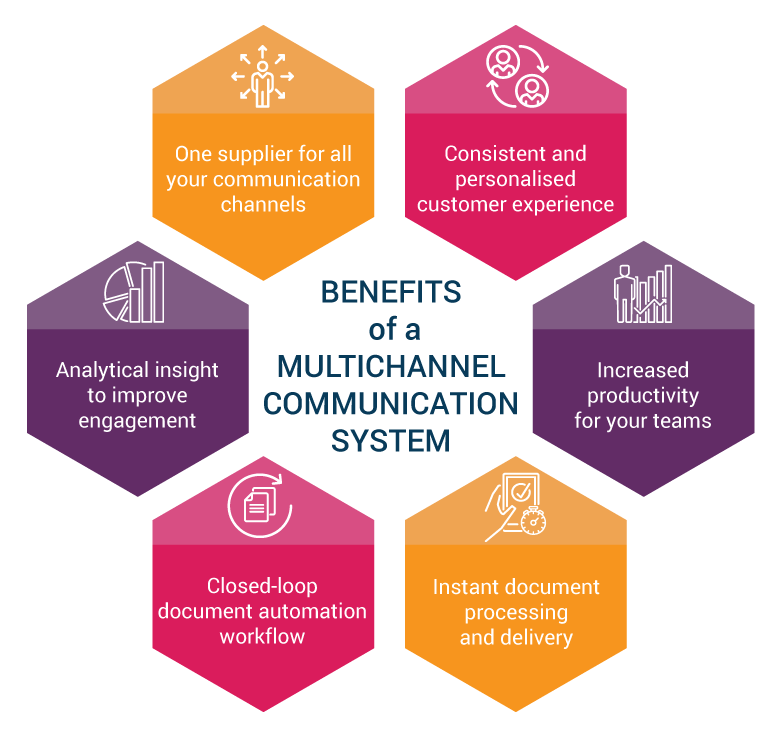
Enhanced Customer Engagement
Multi-channel communication can enhance customer engagement by providing customers with various ways to interact with a business.
For example, if a customer has a question about a product, they can reach out to the business through chat, email, or social media. This can help customers feel more connected to the business and increase engagement.
Improved Response Time
Businesses can improve their response time to customer inquiries by offering multiple communication channels.
For example, if a customer sends an email and does not receive a response, they may try to contact the business through another channel.
By providing multiple channels, businesses can ensure that customer inquiries are addressed promptly, leading to increased customer satisfaction.
Personalization of Customer Service
Multi-channel communication allows businesses to personalize their customer service efforts.
For example, if a customer has a history of contacting the business through chat, the business can use this information to personalize their experience and provide them with relevant information.
This can help customers feel valued and understood, leading to increased loyalty.
Increased Efficiency
Multi-channel communication can increase efficiency by allowing businesses to handle customer inquiries through various channels.
For example, a customer has a question that can be answered through a self-service option, such as a FAQ page.
In that case, the business can direct them to this resource rather than having a representative handle the inquiry. This can help businesses save time and resources.
How to Implement Multi-Channel Communication in Customer Service?
Implementing a multi-channel communication strategy can be a daunting task for businesses. However, by following these steps, businesses can successfully implement a multi-channel communication strategy and improve their customer service efforts:
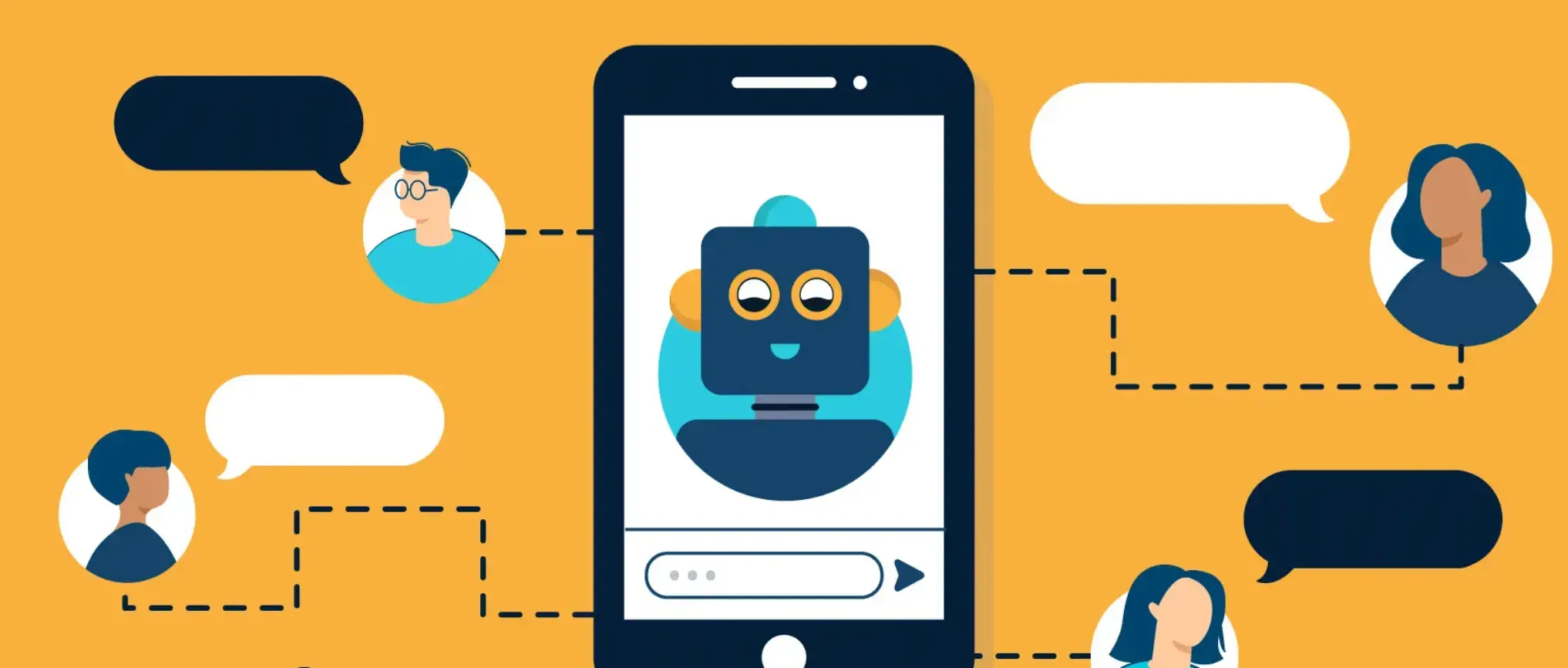
Identifying the Channels that Suit Your Business
The first step in implementing a multi-channel communication strategy is identifying the channels that suit your business. This involves understanding your customers' preferences and needs.
For example, offering customer service through social media may be beneficial if your customers are primarily active. You can ensure your efforts are focused and effective by identifying the channels that suit your business.
Training Your Customer Service Team
Once you have identified the channels that suit your business, the next step is to train your customer service team.
This involves providing them the necessary skills and tools to handle inquiries through various channels.
For example, your team should be trained to handle chat inquiries effectively if you offer customer service through chat. By training your team, you can ensure that they are equipped to provide exceptional customer service through various channels.
Integrating Your Channels
Integrating your channels is another important step in implementing a multi-channel communication strategy. This involves ensuring all channels are connected and customer inquiries are handled seamlessly across all channels.
For example, if a customer begins a conversation through chat and then switches to email, the representative handling the inquiry should have access to the previous conversation history.
By integrating your channels, you can ensure that customers have a seamless experience and that their inquiries are handled effectively.
Measuring the Success of Your Multi-Channel Strategy
Finally, it is important to measure the success of your multi-channel communication strategy. This involves tracking key metrics such as response time, customer satisfaction, and retention.
By measuring the success of your strategy, you can identify areas for improvement and make data-driven decisions to optimize your customer service efforts.
Challenges of Multi-Channel Communication in Customer Service.
Multi-channel communication is a powerful strategy to help businesses improve their customer service efforts. However, it has its challenges. Here are some of the main challenges of multi-channel communication in customer service:
Lack of Integration
One of the main challenges of multi-channel communication is the need for more integration. This occurs when customer inquiries are handled in different channels.
For example, if a customer begins a conversation through email and then switches to chat, the representative handling the inquiry may not have access to the previous conversation history.
This can lead to frustration for customers and a poor customer experience.
Inconsistent Customer Experience
Another challenge of multi-channel communication is an inconsistent customer experience. This occurs when customers receive different service levels depending on their channel.
For example, if a business provides exceptional customer service through chat but poor customer service through email, customers may feel that their needs must be met. This can lead to decreased customer satisfaction and retention.
Difficulty in Tracking Customer Conversations
Another challenge of multi-channel communication is tracking customer conversations. This occurs when customer inquiries are only tracked across some channels.
Tracking their entire conversation history may be difficult if a customer has multiple conversations with different representatives. This can lead to miscommunication and a poor customer experience.
Best Practices for Implementing Multi-Channel Communication in Customer Service
Multi-channel communication is a powerful strategy to help businesses improve their customer service efforts. However, to be successful, businesses need to follow these best practices:
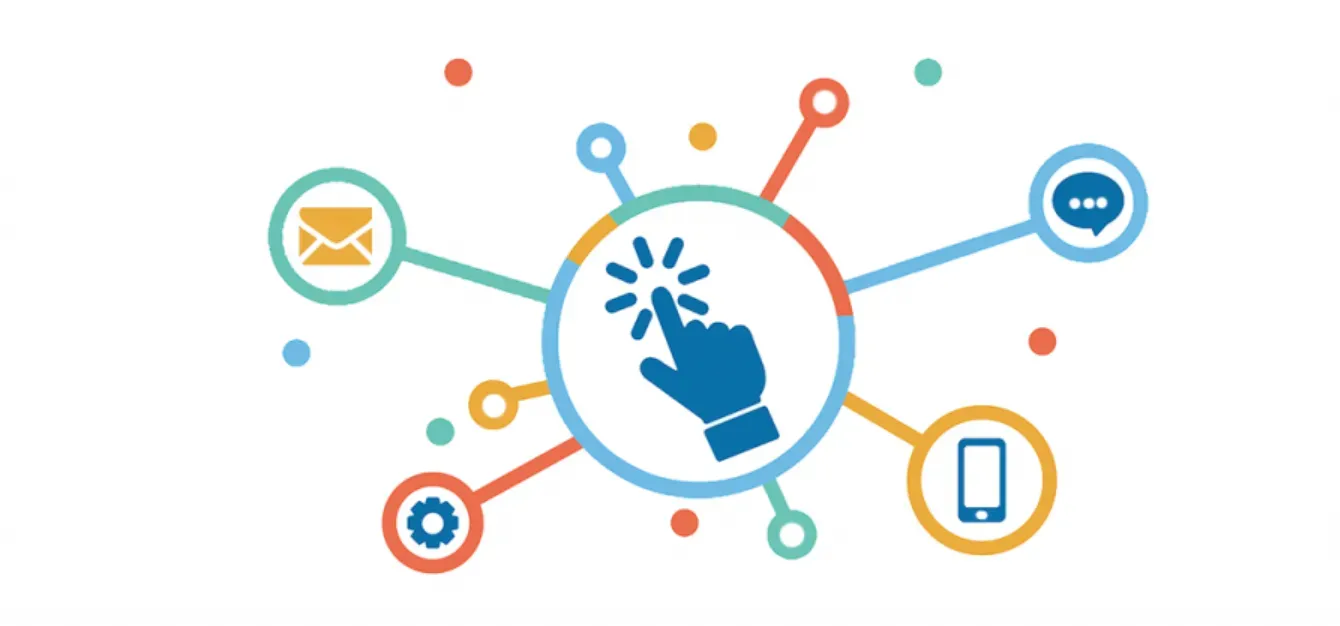
Consistency in Branding
One of the best practices for implementing multi-channel communication is consistency in branding. This involves ensuring all channels have a consistent look and feel that aligns with the business's brand.
For example, if a business has a fun and playful brand, its social media channels should reflect this.
By maintaining consistency in branding, businesses can build brand recognition and customer trust.
Providing Seamless Customer Experience
Another best practice for implementing multi-channel communication is providing a seamless customer experience. This involves ensuring that customer inquiries are handled seamlessly across all channels.
Consider a scenario where a customer initiates contact through a company's social media page, expressing a concern or seeking information. The conversation starts there, but then the customer prefers to switch to a phone call for a more in-depth discussion.
In this case, the customer service representative should have access to the initial social media conversation to continue the discussion and provide the customer's assistance seamlessly.
Offering Personalized Customer Service
Personalized customer service is another best practice for implementing multi-channel communication. This involves tailoring the customer service experience to each customer's needs and preferences.
For example, if a customer prefers to communicate through social media, businesses should offer customer service through social media channels.
Businesses can build strong customer relationships and improve customer loyalty by offering personalized customer service.
Ensuring Data Security and Privacy
Finally, ensuring data security and privacy is a crucial best practice for implementing multi-channel communication. This involves protecting customer data and ensuring it is not shared or used for other purposes.
For example, businesses should use secure communication channels and encrypt customer data to protect it from hackers and other threats.
Businesses can build customer trust and protect their reputations by ensuring data security and privacy.
Conclusion
In today's fast-paced world, customers expect firms to be accessible across various media. Organizations should use an effective multi-channel communication strategy to better serve their consumers' different demands and increase customer satisfaction and retention.
Using several communication channels effectively can help organizations increase the quality of their customer service. Businesses can better serve their unique consumer needs, increase customer happiness, and increase customer retention by offering clients various communication options.
Businesses may set themselves apart from their rivals and deliver great customer service by implementing a multi-channel communication strategy. What are you still holding out for? The moment has come to implement a multi-channel communication plan and advance your customer service initiatives.
Embrace the future of customer service with multi-channel communication and elevate your business to new heights. Let BotPenguin be your trusted partner on this exciting journey.
BotPenguin provides chatbots for different platforms, including WhatsApp, Facebook, Telegram, Website, and Squarespace:
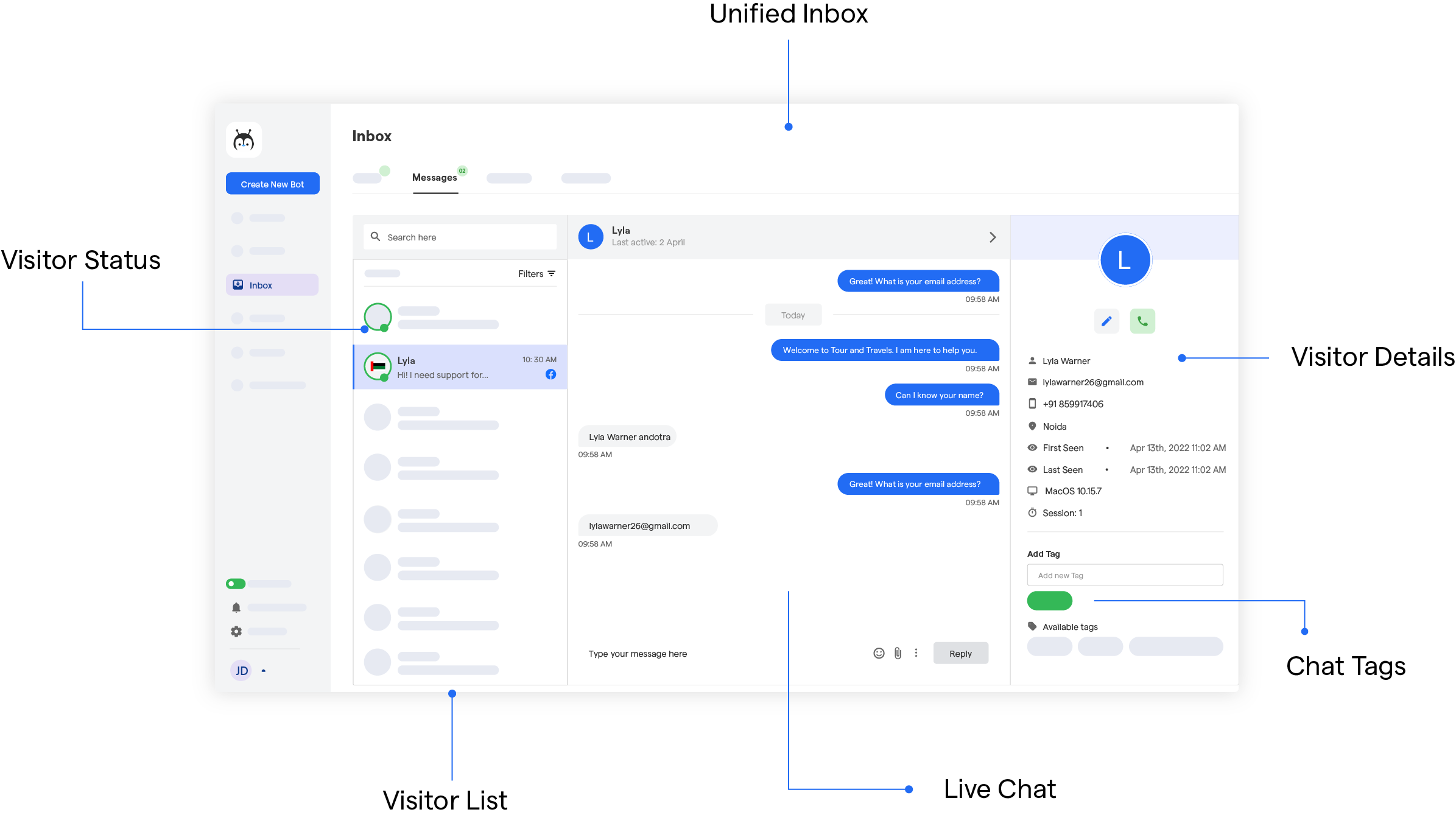
Frequently Asked Questions (FAQs)
Why is the multichannel concept important for customer relations?
Multichannel allows businesses to meet customers on their preferred communication channels, providing convenience and enhancing satisfaction.
What are the benefits of multichannel customer service?
Improved customer experience, increased engagement, better problem resolution, and enhanced customer loyalty.
Why is multichannel communication important?
It allows businesses to reach customers through various channels, increasing accessibility and responsiveness.
What does providing multiple channels for customer service mean?
Offering different communication methods for customers to reach and interact with a business, such as phone, email, chat, social media, and in-person support.



